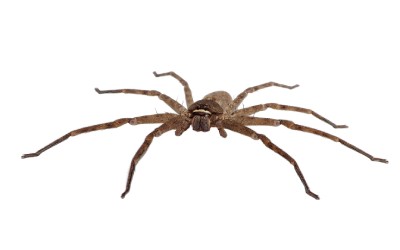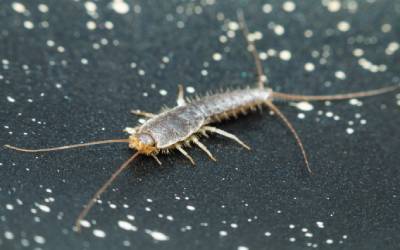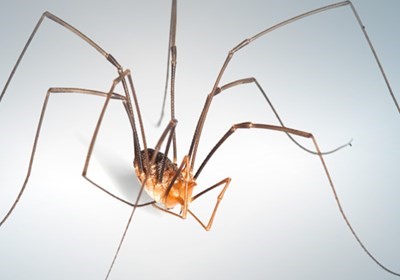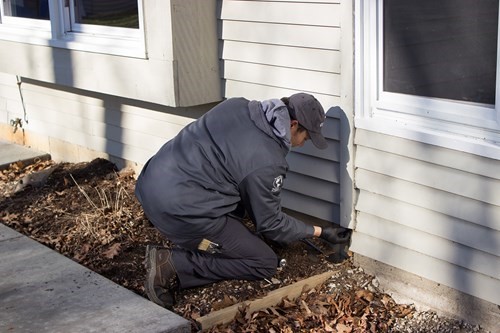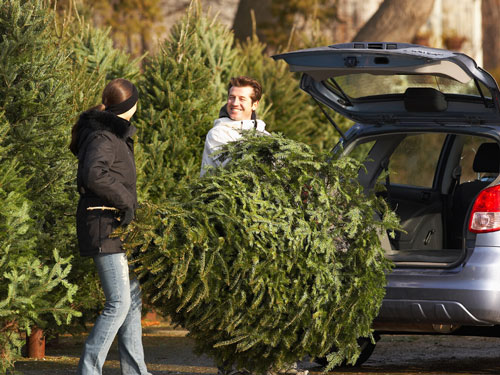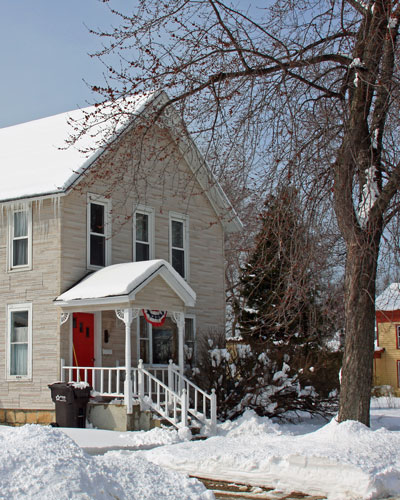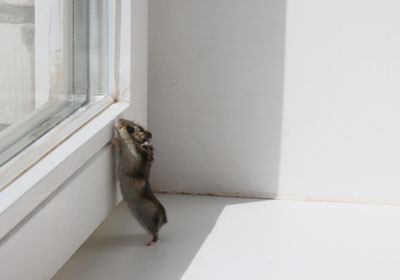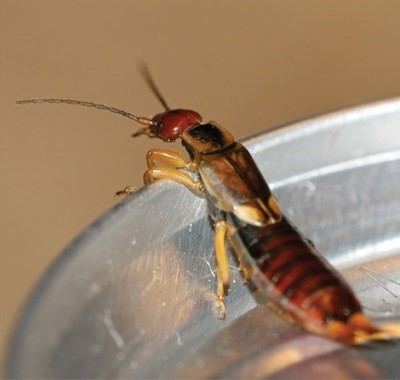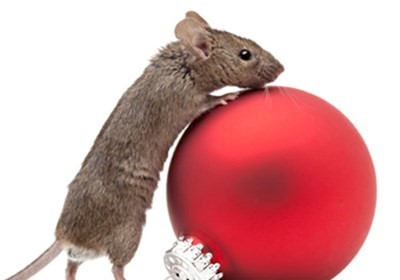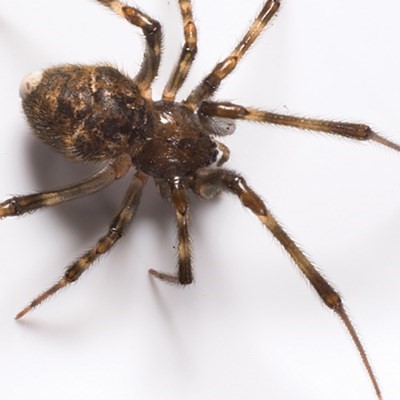Halloween is a time to think about the things that scare us, and when it comes to spiders we don’t have to think hard. Many see even a small arachnid and bite back a yelp. So when you imagine a four-inch spider on your floor, you’re likely already reaching for the biggest, heaviest thing to smash it with.
But what if I were to tell you that, if you stomp that Twinkie-sized spider, it could seemingly burst into a rippling cascade of hundreds of baby spiders. What then?
No, this isn’t a scare from a horror movie. This is a real thing that could happen when interacting with a wolf spider. Now you may be asking – what is a wolf spider? How do I know that I’ve found one and who can I call to get rid of it?
Identifying the Wolf Spider
Wolf spiders range from about 1.5″ to almost 4″, leg to leg. They have eight eyes arranged in three rows, and a two-part body made up of a cephalothorax and abdomen. They look similar to the brown recluse or the black widow, though the wolf spider is usually larger and is not seen on a web.
These kinds of spiders actually can’t make webs. Instead of hunting from one set location, they chase after their prey, running at a remarkable speed of two feet a second. But not making a web makes a difference on more than their diet.
Since they don’t have a web to hold their eggs, the mother wolf spider carries the sac on her abdomen. And then once they hatch, these babies continue to cluster together on their mother’s back. So when you disturb or try to kill the female wolf spider, her hundreds of spiderlings will scatter in every direction to seek safety. The best way to keep that from happening is to take preventative measures.
Preventing Spiders at Home
A lot of the strategies you can take to keep away wolf spiders also keep away spiders as a whole. Spiders like clutter, so if keep your home organized and clean, they’ll have fewer opportunities to nest. This includes the main rooms of your home, but it also covers places you spend less time in like your closets, attic, basement or garage. Even outside your home, it will help to remove piles of firewood and debris from up against the walls of your home.
Taking all of these preventative measures is one thing, but what do you do if there is already an infestation of spiders inside the home? No no, put down that boot. You know by now that Batzner Pest Control has a better way.
Spider Control with Batzner Pest Control
Batzner is your local pest control company, and our spider exterminators can remove infestations of any scope. We can find and seal the entry points they may have taken so that you can get rid of them for good. Reach out to get started with a free quote today!

